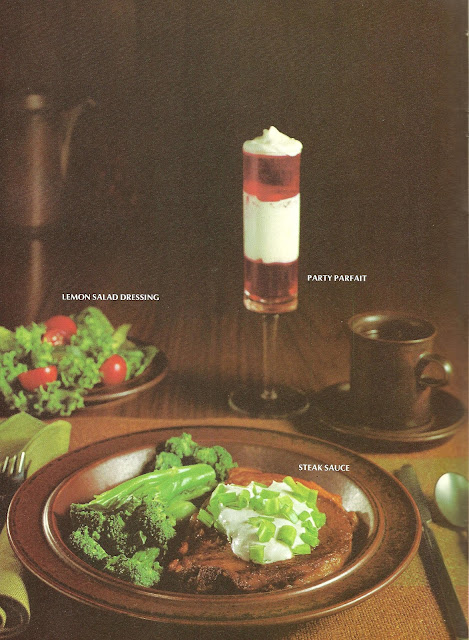Dear Health Department
I am writing to you today to draw your attention to the
restaurant which served me this Jalepeño Pepper Steak (picture enclosed). As
you can see, it is covered in a vile layer of phlegm. In fact, I could hear one
of the cook coughing in the kitchen as my wife and I waited for our order.
Frankly, it made me uneasy. I sent the dish back immediately and refused to
pay.
Now, the restaurant is pursuing me for collection of the
bill for this dish, which they claim is perfectly acceptable.
I believe my photograph is evidence to the contrary, and
suggest you follow up with them — while I shan’t be returning, I would not wish
this kind of disappointment upon another unsuspecting customer.
Yours,
Mr. Lister
* * *
Dear Mr. Lister:
Thank you for your letter informing us of your unhappy meal.
Naturally, we are extremely concerned about any breach of public safety caused
by a lack of hygiene in any of our city’s restaurants.
However, after investigation, it seems that the dish you
ordered was indeed presented as it was meant to be prepared with no cause for
alarm. The substance of which you were alarmed is a melted processed cheese
product called “Velveeta.”
While we find the idea of a restaurant serving this product
distasteful, it is by no means unhygienic. We recommend you pay your bill
promptly.
Yours sincerely,
The Health Department
Favorite Brand Name Recipes For People Who Eat Food (Velveeta), Publications International, Ltd., 2001















